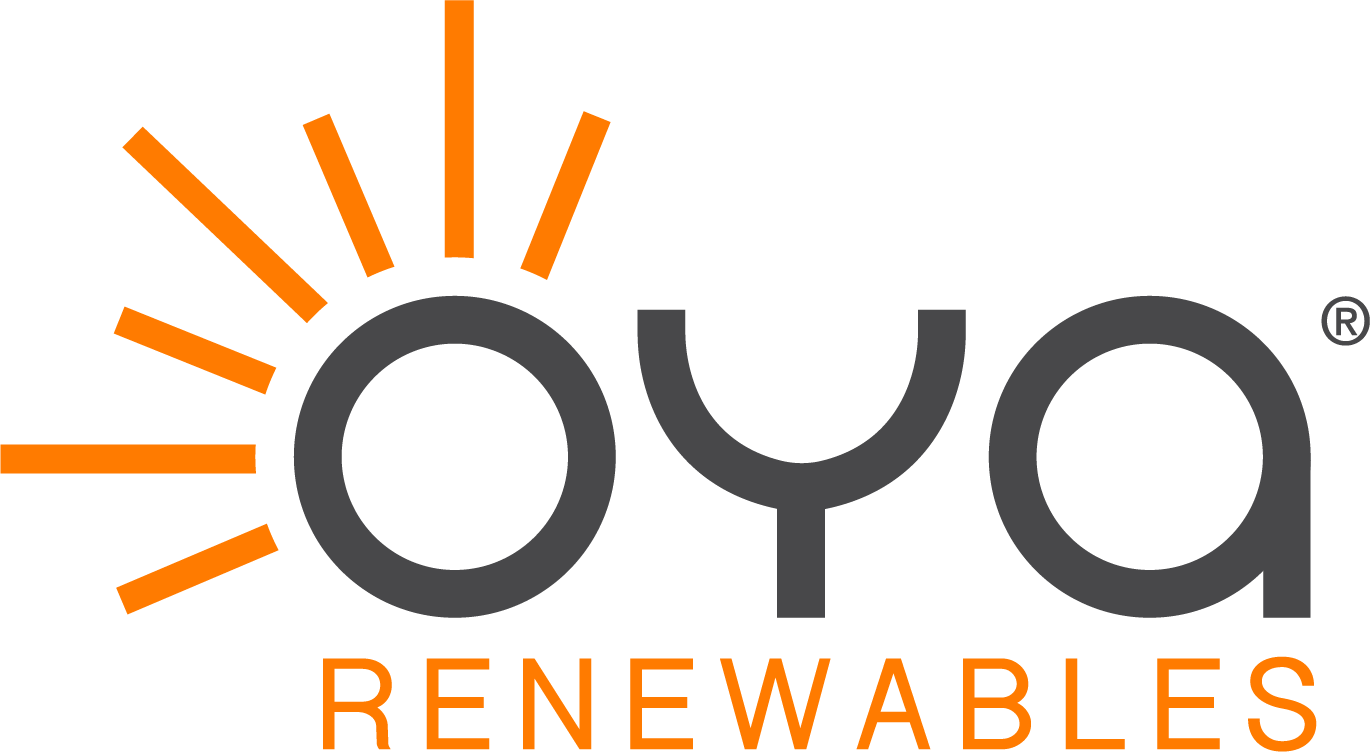What Are Solar Farms for and Who Really Benefits?
To put it simply, pretty much everyone involved in the process. Solar farms are an investment in a future that not only calls for cleaner technology but also requires that we make the most of an increasingly crowded planet. They are usually built as a response to state-level initiatives to support clean energy goals and create healthier communities with access to affordable energy.
Solar farms are a win-win as they enable landowners to make money off of unused land, serve residents with access to better utility rates, and help states tackle energy and environmental targets. For example, New York has committed to reducing emissions by 40% by 2030 and to only generate electricity through carbon-free sources like wind and solar by 2040.
What Do Solar Farms Look Like?
A solar farm is a large solar field that can be anywhere from ten acres to hundreds of acres in size. It must be on flat, cleared land with minimal wetlands and within close proximity to three-phase power and a transmission substation. Rows upon rows of solar panels, typically mounted on racking systems, are then strategically placed to make the most of the unused farm or commercial land. These solar panels can also be part of working farms as they pose no danger to people, livestock or agricultural crops on adjacent fields.
What are the different types of solar farms?
Solar farms fall into two categories, personal and utility-scale. A personal solar farm can rely on an acre or two and tend to serve the needs of a single owner. In the case of a large energy user, it could be used to fulfill all of their consumption needs or allow them to reduce their costs by selling power back to their local utility company. On the other hand, utility-scale solar farms need about 30 to 40 acres of land for a 5 MW solar farm. However, 5 MW can power hundreds of homes.
The Benefits of Leasing Your Land
Leasing land to a renewable energy company like OYA Renewables is a great way to earn stable, long-term income while contributing to both discounted energy costs and job creation for local economies. We offer landowners competitive solar land leases, at premium rates, and manage all of the costs associated with our solar projects. The average terms for our land leases are 20 and 25 years, with two to four-year and five-year extensions available. Lease rates vary depending on the state where your land is located and the value of power in that particular jurisdiction.
The added benefit of leasing your land, in the case of farmland, is that it allows you to let it lie fallow and rejuvenate the soil for future generations of crops.
How Much Land Do We Need?
We usually require plots of at least 30 to 40 acres but can occasionally bundle land together from neighboring landowners if you have smaller parcels of land. Although 100-plus acre solar panel arrays generate considerably more energy, 30 to 40 acres allow us to build 5 MW solar farms. The power we collect is then connected to the grid and redistributed.
Solar farms in New York state are limited to 5 MW with a subscription program, as capacity on the grid is filling up fast. However, states like Maine, Maryland, New Jersey, New Mexico, Pennsylvania, and Virginia currently have more capacity and may be able to accommodate more or larger solar projects.
Building a solar farm takes anywhere from 6 to 12 months, although timelines may be affected by COVID-19. We handle all of the local and municipal permitting and approval processes and cover all of the expenses. We also manage its maintenance and operation through our network of local subcontractors, which only require several visits per year, which need to follow our solar farm land requirements.

